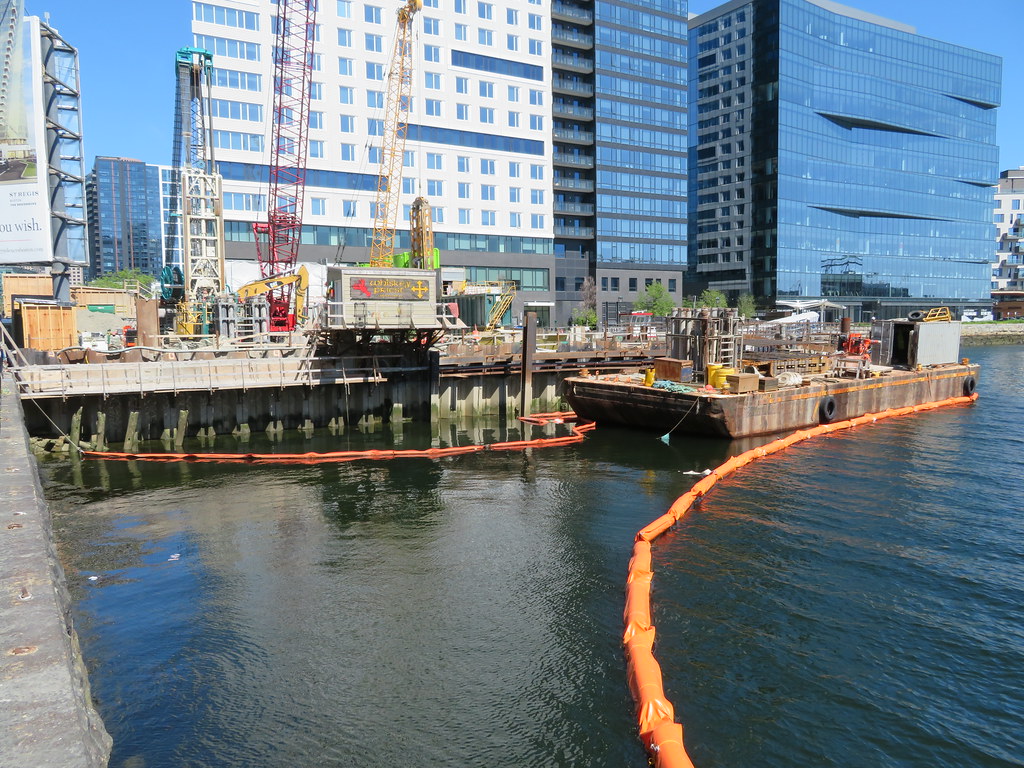so the way development loans typically work is that the developer pays for 100% of invoices until they have spent all of the money budgeted for the developers equity, then the lender will pay. If a project costs say $100, and the development loan is for $70, the lender won’t start to pay invoices until the developer has paid for the first $30. If the budget goes up over the course of the project while the lender is funding (say to $120), the lender will stop funding until the developer pays for another $20 of invoices.
A development loan is itemized Into a bunch of different buckets. every month you package all of the invoices together with “conditional lien waivers” (which just say that the contractor won’t put a lien on the property once they get paid for the invoice) into a draw package which walks down how much money is being spent this month and from which bucket. So long as there’s enough money in each of the categories, the lender will pay all of the invoices. If there isn’t enough money in the budget for a line item in the draw the lender (with developer input) RE-allocate money from contingency (or in some instances another spend category if the work is done and you aren’t going to draw). Once the lender gets the monthly draw, they’ll send an inspector out to confirm that the invoices are real, and the inspector will substantiate that the projection for how much is left to spend on the project is still valid. If the inspector & lender come to believe that the project will cost more than the loan allows, they’ll typically require the developer to RE-balance the loan by putting more equity into the deal (ie pay next couple of months of invoices...) before the lender will start to allow a draw again.
edit - also someone up thread asked how a lender can foreclose before a project is delivered - this is how it happens, the developer needs to rebalance the loan mid project and doesn’t have the cash. Happens when you’re undercapitalized, have some sort of major unforeseen budget bust, and don’t have the cash to induce the lender to continue to fund so the lender comes in and takes your stuff.

 IMG_5002
IMG_5002 IMG_5004
IMG_5004 IMG_5008
IMG_5008 IMG_5011
IMG_5011
 IMG_6826
IMG_6826 IMG_6829
IMG_6829 IMG_6832
IMG_6832 IMG_6831
IMG_6831 IMG_6833
IMG_6833 IMG_6835
IMG_6835